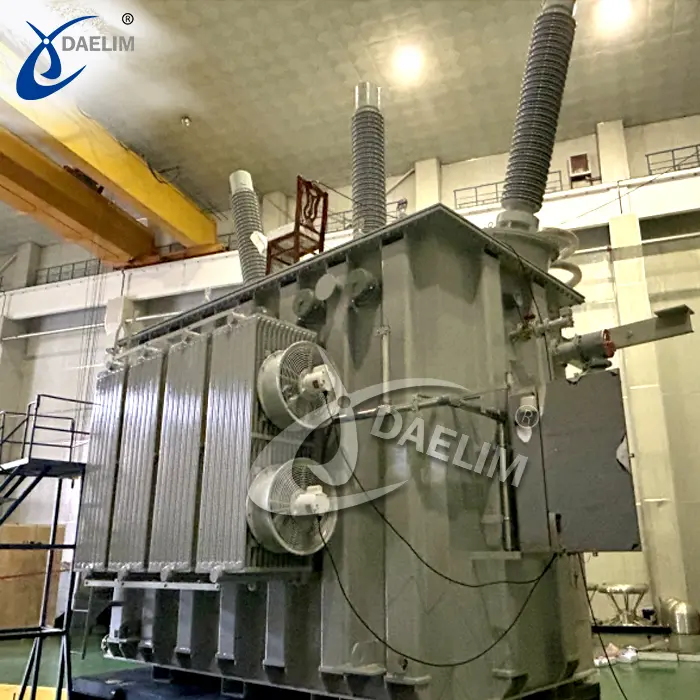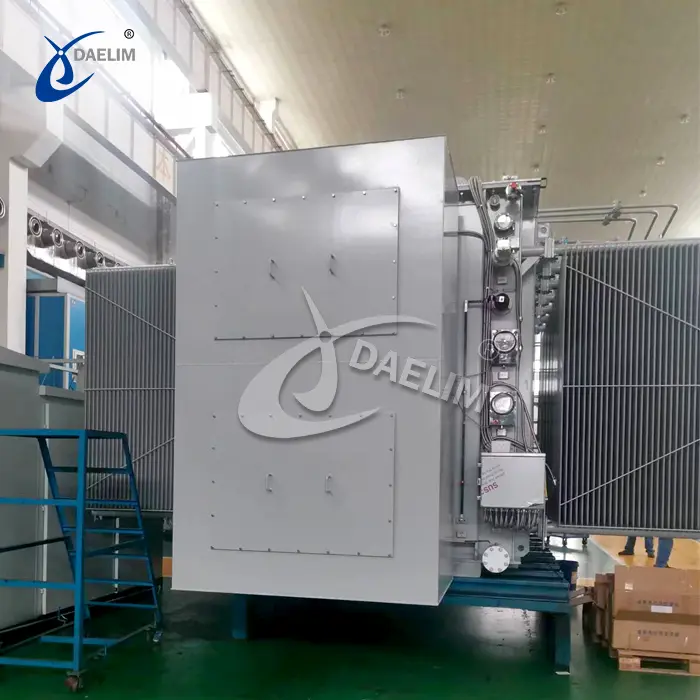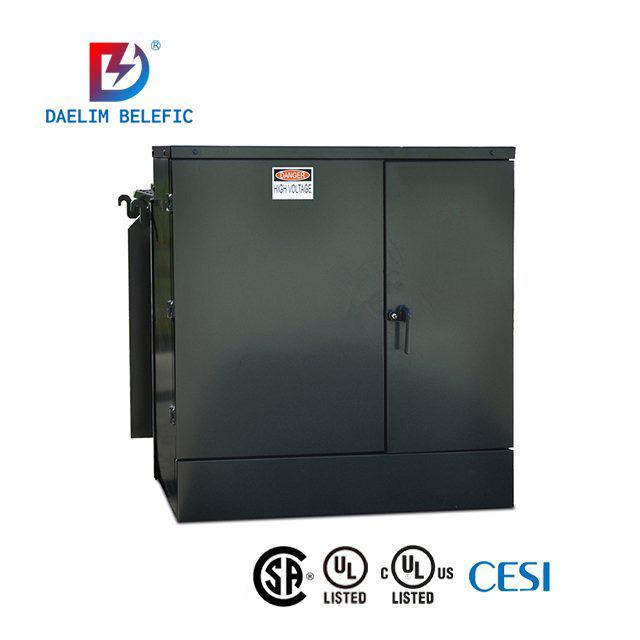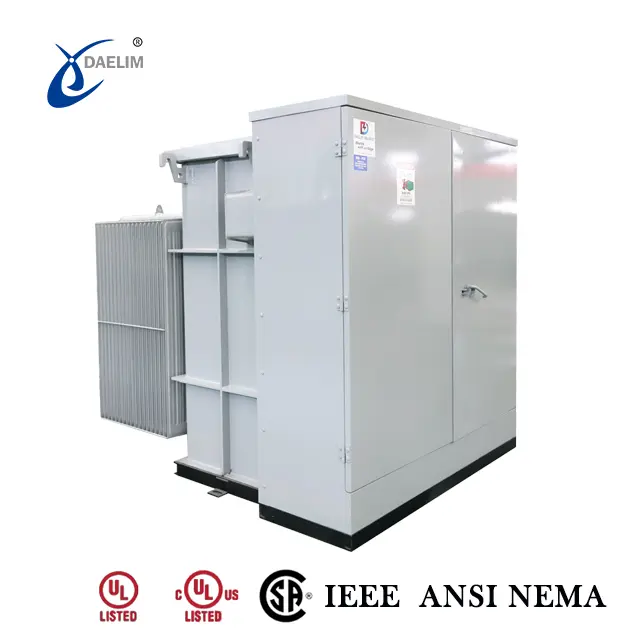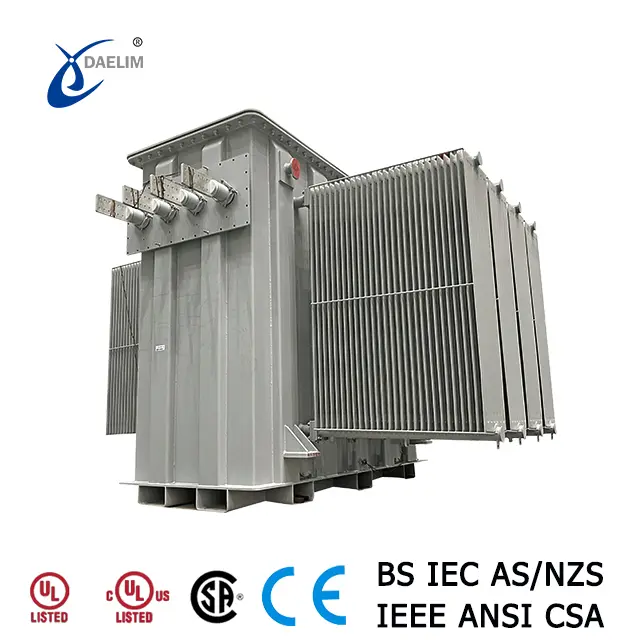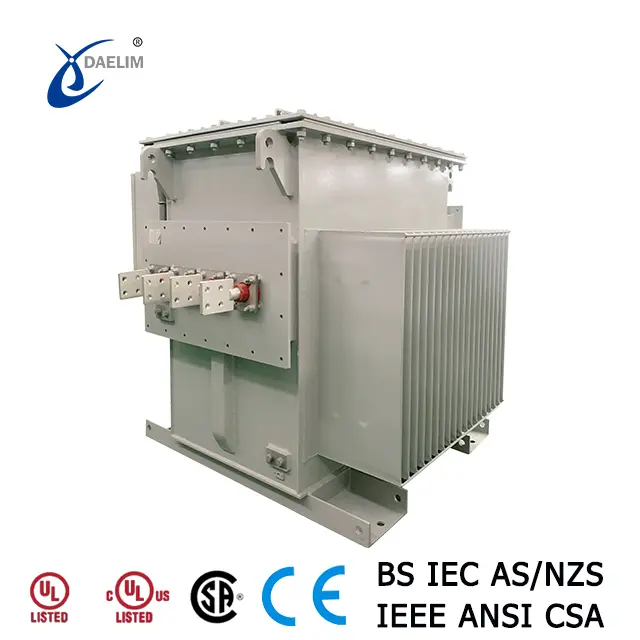Why does the transformer explode?
Transformer explosions are typically caused by several factors
Internal Short Circuit
This occurs when a short circuit develops between the transformer coil and the iron core.
Improper Use and Maintenance
Inadequate maintenance practices can lead to increased heat buildup, causing the transformer to overheat and potentially explode.
Overload
Prolonged operation under heavy load conditions can lead to overheating of the transformer, potentially resulting in fire or explosion.
Aging and Wear
Long-term operation can cause insulation in the transformer coils to deteriorate, leading to shorts and eventual explosions.
Design and Manufacturing Defects
Issues such as inappropriate material selection, poor welding quality, or excessive internal oil levels can contribute to transformer accidents.
Lightning Strikes
High-voltage surges from lightning strikes can breach the transformer's insulation, causing it to burn or explode.
Load Short Circuit
A sudden short circuit in the load can subject the transformer to immense currents. If protection systems fail or are incorrectly set, this can lead to transformer failure.
Therefore, selecting transformers from reputable suppliers known for high-quality products is crucial to mitigate these risks. Daelim Transformer is an excellent choice, boasting the industry's highest safety certifications such as UL and FM. They maintain a strict quality control system and offer a reassuring 5-year warranty period, providing confidence in your purchase.
Related Products
Related Article
How to measure the load loss and short-circuit impedance of a transformer?
To measure transformer load loss and short-circuit impedance, apply a rated frequency sinusoidal voltage to one winding, short-circuit the others, and correct load loss to 75°C. Use voltmeters, ammeters, and power analyzers, and calculate impedance using specific formulas. Ensure accuracy by considering instrument placement and correcting measurements as needed.
What inspections are required before the transformer is put into operation?
Before a transformer is put into operation, ensure the grounding, verify protection device settings, inspect relay protection systems, confirm bushing current transformers are short-circuited, check the oil circulation cooler and breather, adjust protection settings for voltage stability, and connect the gas relay for no-load impact testing.
Differences Between NLTC and OLTC Transformers
OLTC transformers adjust voltage levels under load without power interruptions, ideal for areas with frequent voltage or load instability. NLTC transformers adjust voltage only when de-energized, making them more economical and suitable for stable voltage conditions. Choose OLTC for instability and NLTC for stable conditions.
Differences Between Copper Core and Aluminum Core Transformers
Copper core transformers offer better conductivity, slower temperature rise, and are ideal for high-load applications. Aluminum core transformers are more economical, heat up faster, and are suitable for lower loads. Choose based on your specific load requirements.
Why Does Dry-Type Transformer Make Noise?
Noise in dry-type transformers is mainly caused by poor-quality silicon steel sheets, uneven installation sites, and high grid voltage increasing the core's magnetic density.
What happens if the transformer is overloaded?
Transformer overload results in increased power consumption, causing higher operating temperatures, insulation aging, and shortened lifespan. It can also harm connected electrical equipment. To maintain optimal performance and longevity, load should not exceed 15% of rated capacity in summer and 30% in winter.


